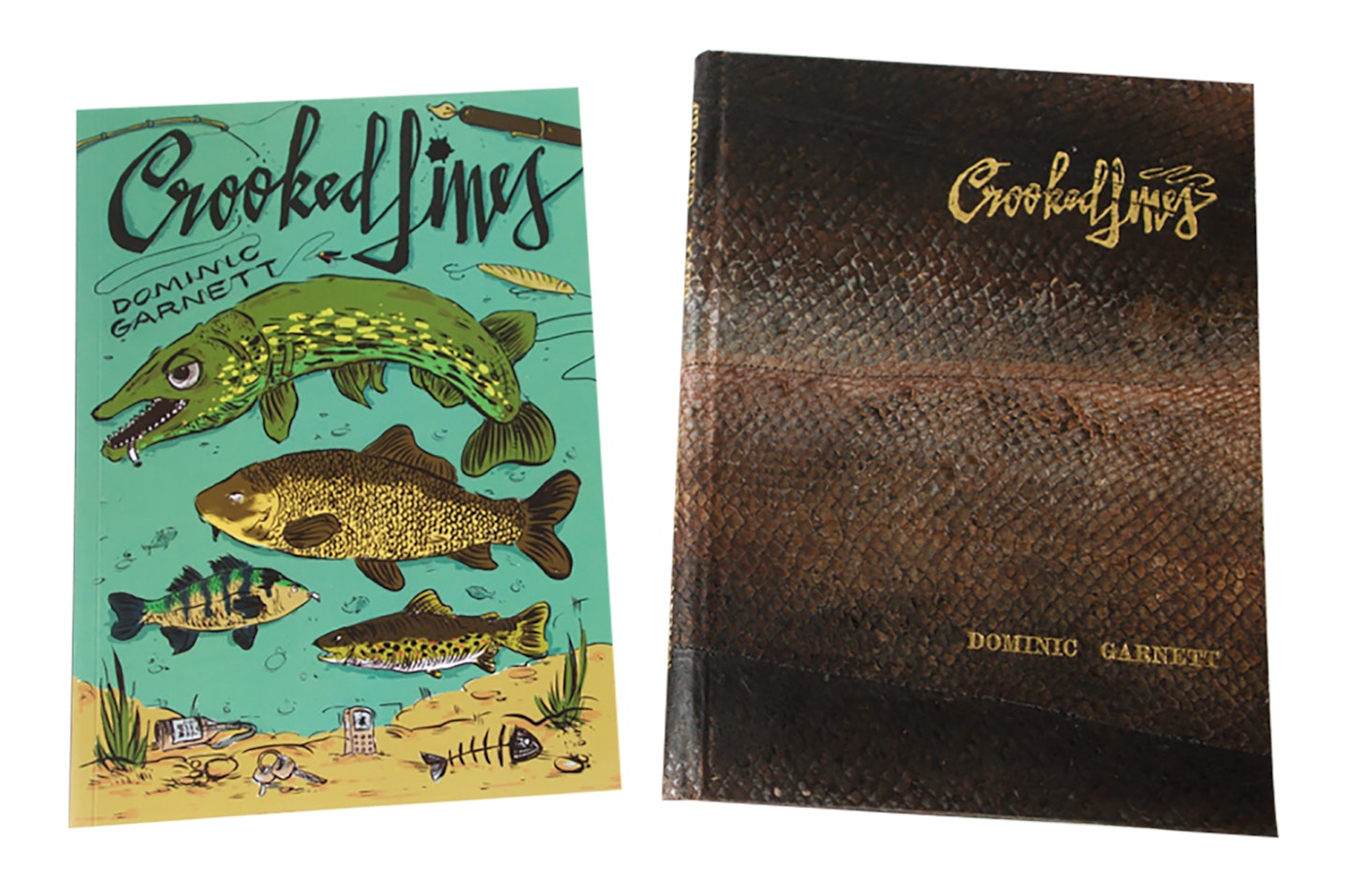For as long as humans have caught fish to eat, we have found various other uses for the less palatable parts. Whether it’s picking through the bones, taking a shine to scales or even making use of slime, someone has tried it, often with surprising results!
Biofuel
When fish are processed, a lot of oily waste is produced. Why not press this to our advantage, quite literally, by pressing the oil for other uses? Fish oil is already a base ingredient for biofuel, powering everything from tractors to light aircraft! It might pong, but it’s also potentially more sustainable than fossil fuels.

Make-up
One by-product of fish rarely used to the full is scales. History buffs in the angling world will tell you that bleak scales were once used to add shimmer to fake pearls. While that practice is long gone, some modern lipsticks use scale fragments to add sparkle (or ‘pearlescence’) to ladies’ lips. Nor do potential uses end there.
Guanine, a crystalline substance derived from fish scales, is commonly used in cosmetics and personal care products. It is incorporated into formulations for bath and cleansing products, fragrances, hair conditioners, lipsticks, nail products, shampoos, and skin care items.

Biodegradable plastics
Now here’s a fascinating concept. With the world still hooked on highly polluting disposable plastics, innovators have long sought alternatives that don’t simply clog up landfill sites or damage our world’s oceans. How about plastic film made from fish skin? Such a product would be completely biodegradable and contribute zero harmful waste to our waterways when accidentally introduced.
Alcohol
For generations of beer makers, a substance called isinglass has been used to make your favourite tipple look clearer and brighter in colour. Derived from the swim bladders of fish, it was once sourced from Russian sturgeon, until it was discovered that a cheaper version from cod also worked. With changes in brewing and demand for vegetarian and vegan drinks, however, usage has declined. Stella Artois, for example, stopped using isinglass in 2009.
Many other brewers and winemakers continue to use this secret ingredient, though, especially those making cask ales.
Cosmetics
With women (and, increasingly men!) all over the world under pressure to look younger for longer, anti-ageing creams, potions and lotions are worth megabucks to the cosmetics industry. Take a look at the ingredients on any of those little tubs and there’s something fishy going on, because collagen, the main ingredient, is oftenderived from fish skin and connective tissues... waste products of commercial fishing! Long known to be moisturising and good for the skin, a staggering amount is used worldwide.
IF YOU HAVE NEVER BEEN FISHING, WHY NOT READ THIS BEGINNERS GUIDE TO GET STARTED...

Animal feed
Among the most contentious and widespread uses of fish all over the planet is animal feed. Pet owners will invariably have found it in the cat and dog food sold in every supermarket in the land, but the more ominous use is in fodder for chickens, pigs and… yes, farmed fish. This might mean fat, high-yielding livestock for farmers, but the unregulated push for profit in some parts of the world has led to ecosystem collapse, with some of the oily, pelagic species used to make fishmeal facing terminal decline.
Glues and gums
When handling slimy types of fish, our ancient ancestors quickly saw great possibilities for gluing and sticking! While fish glue is rare these days, civilisations from Ancient Rome to the Anglo Saxons used fish to make adhesives and other bonding agents. Today, a lot of gelatine, the sticky stuff used to make things like jellies and sweets, is derived from the bones, skin and tissues of fish.
Perhaps a good line to wean your kids off jelly babies?

Clothing
Talking of fish skin, humanity has long realised the value of eels not just as food but as the source of raw materials for making other useful items, especially clothing. Tougher than cow leather and naturally water resistant, eel skin was once used to make waterproof coats and other items. Shoes are another example, and surprisingly, you’ll still find a few bespoke footwear companies using eel skin today.
Slimy secrets
While it might be the last substance an angler would want to keep, fish slime is incredible stuff. Forming a protective layer to your catch, it has remarkable antibacterial and protective properties. Research is ongoing into various uses, with scientists looking at ways that fish slime might be used to combat viruses and bacteria, and even to help develop solutions against antibiotic-resistant infections.
Leather
If you thought that leather meant cowhide, or on rarer occasions things like crocodile or snake skin, there’s also such a thing as fish leather. Upcycling waste from the commercial fishing and farming industries, pioneering craftsmen and women have successfully made belts, wallets and much more out of the skin of salmon, sharks, cod and other fish. It’s surprisingly durable and neutral smelling.

